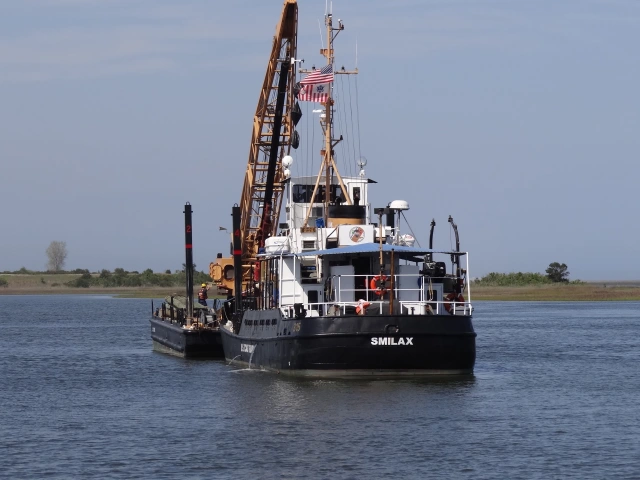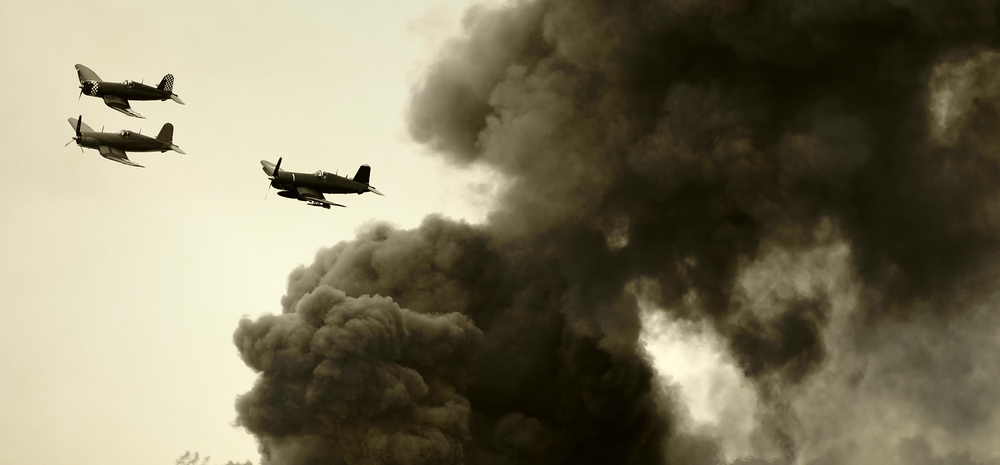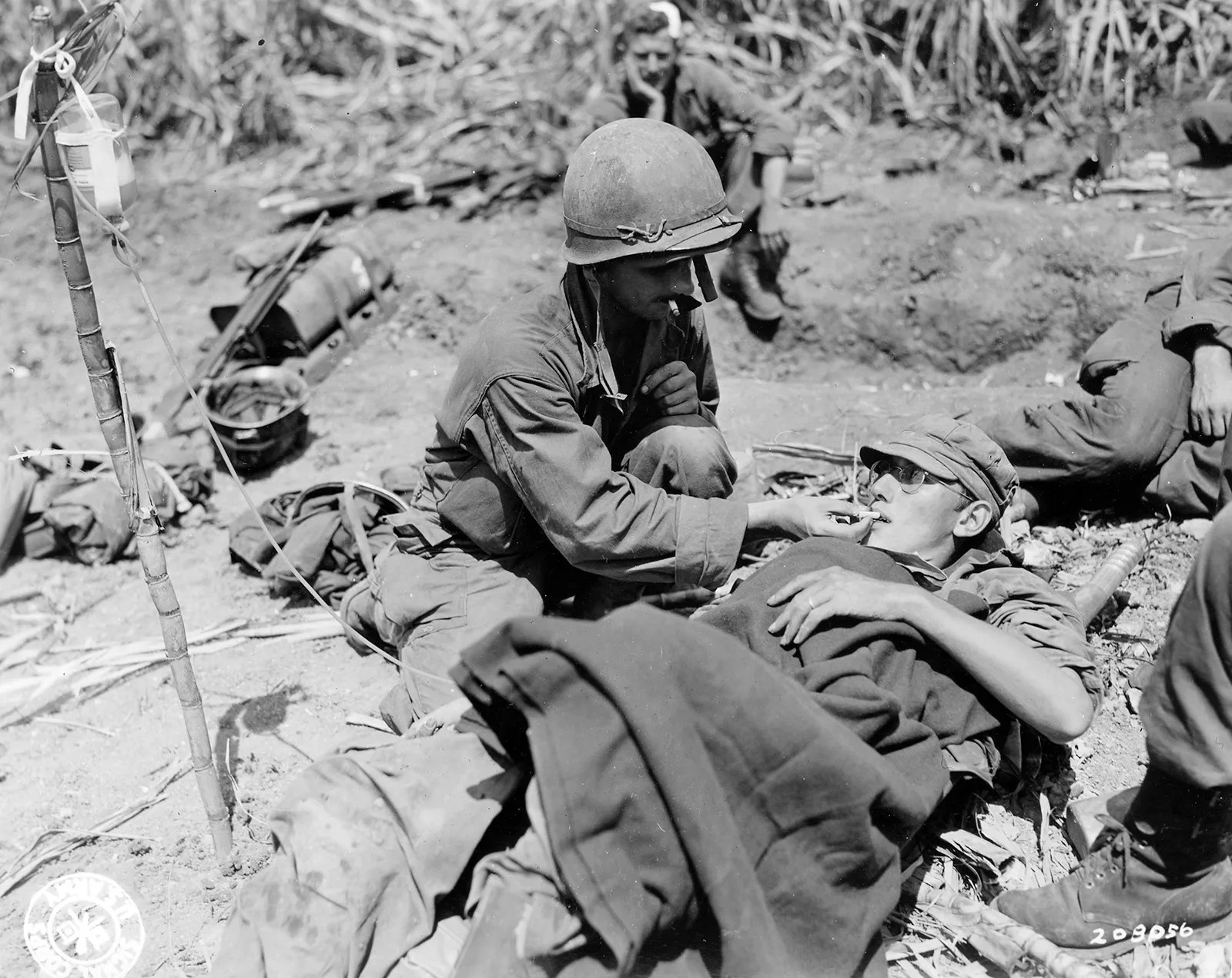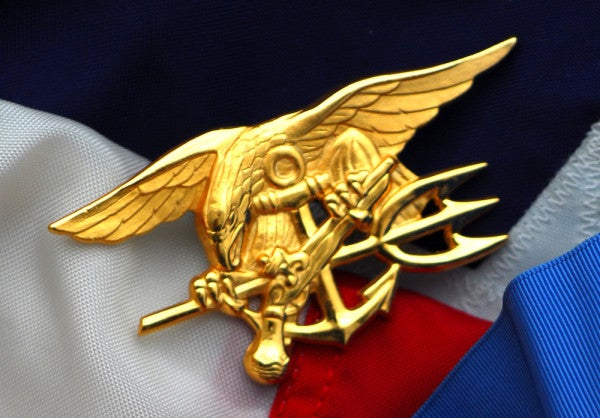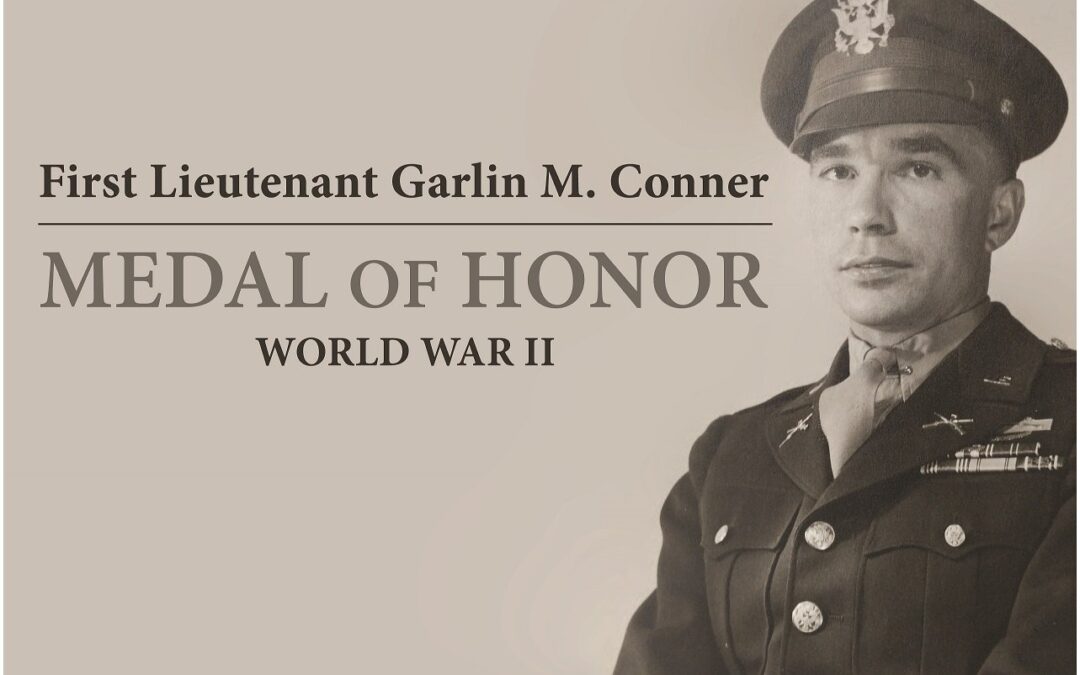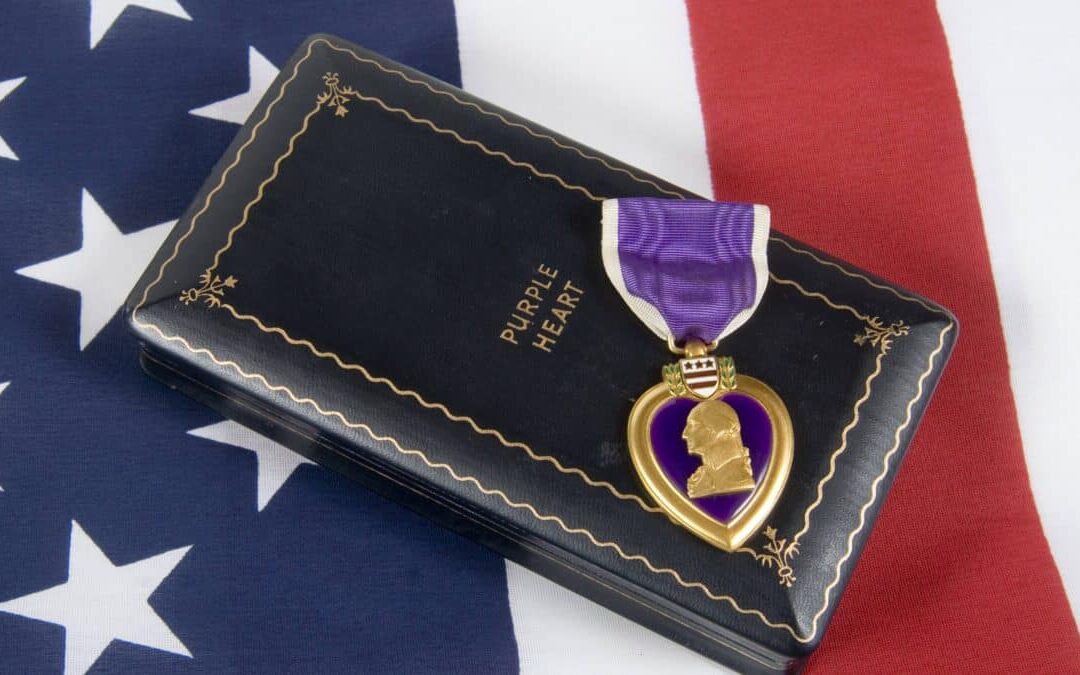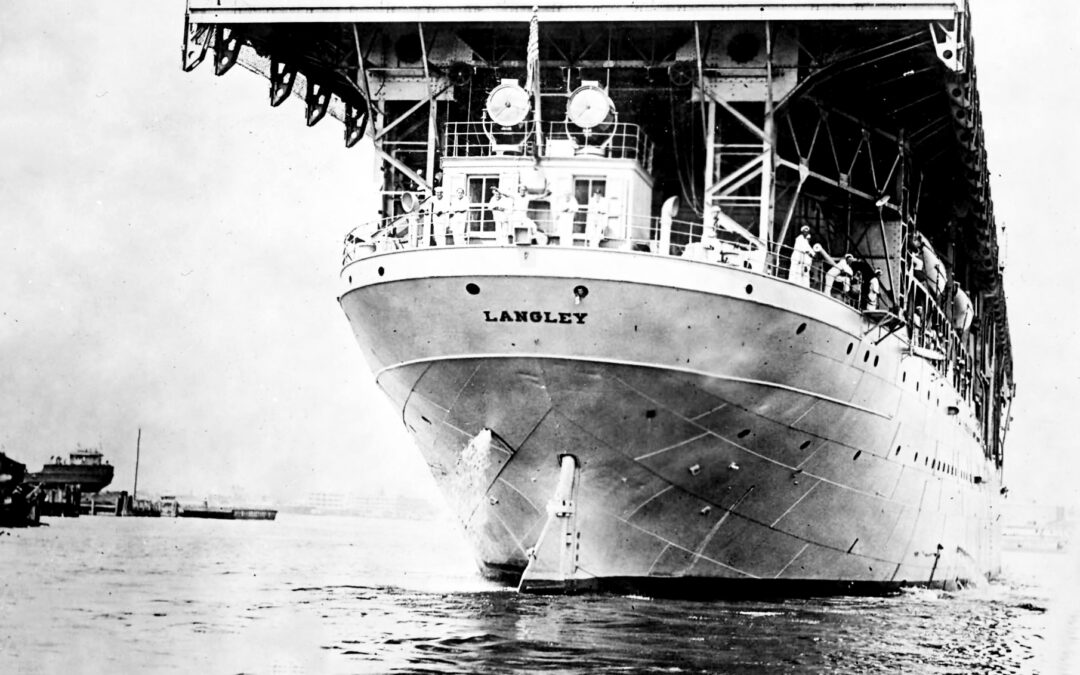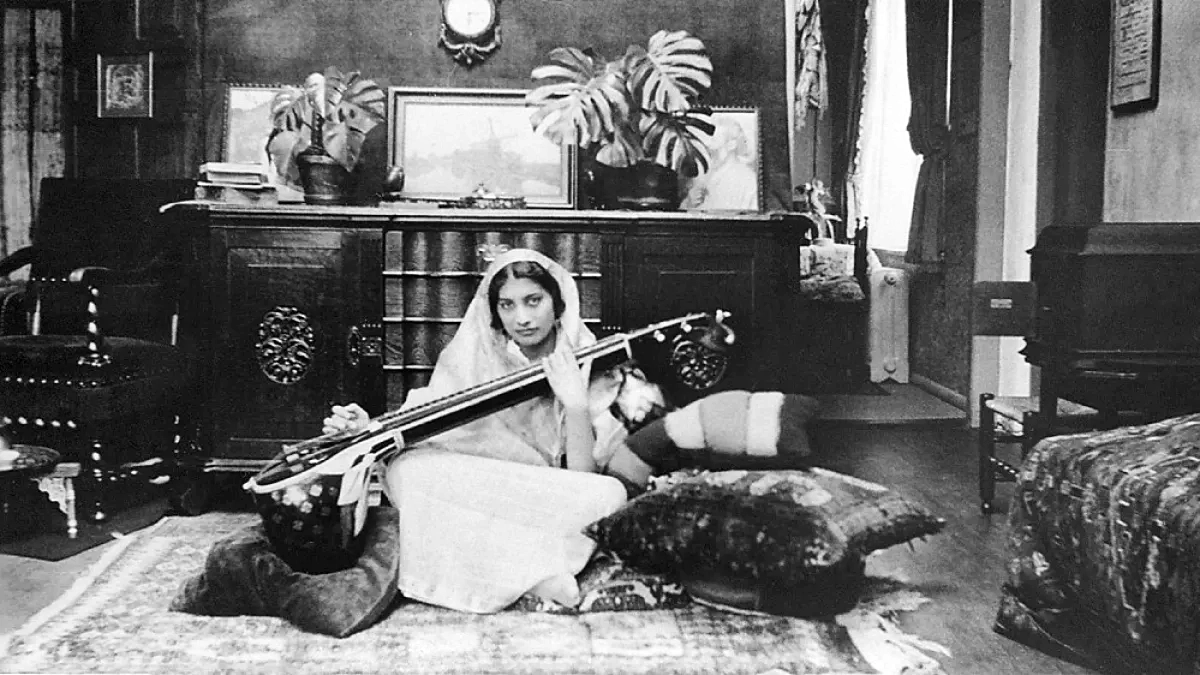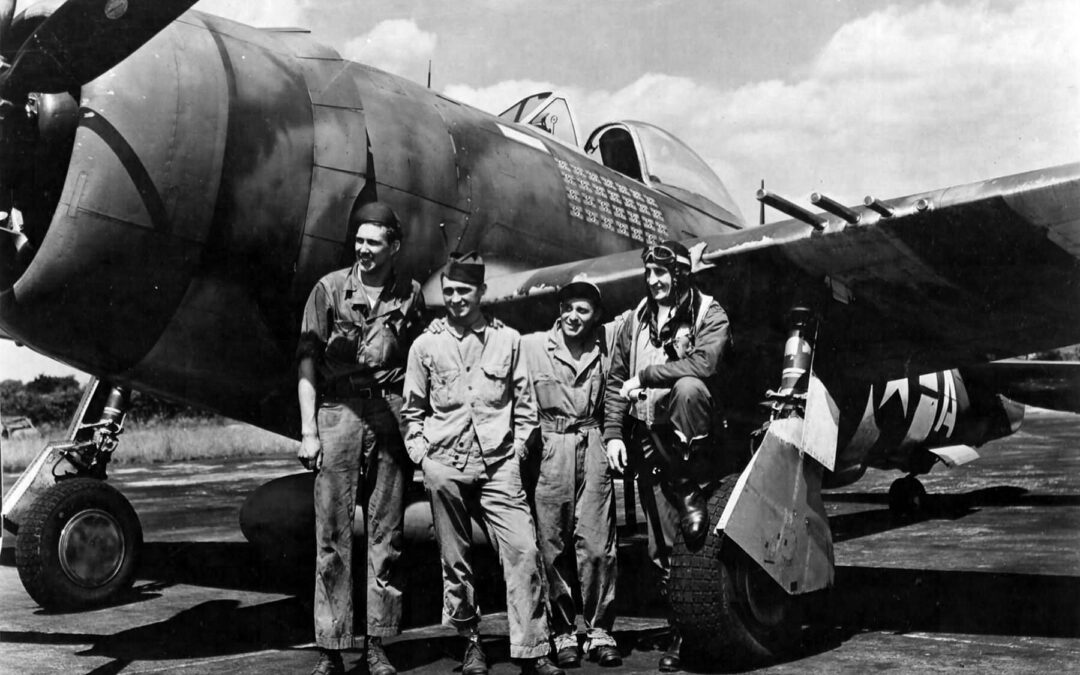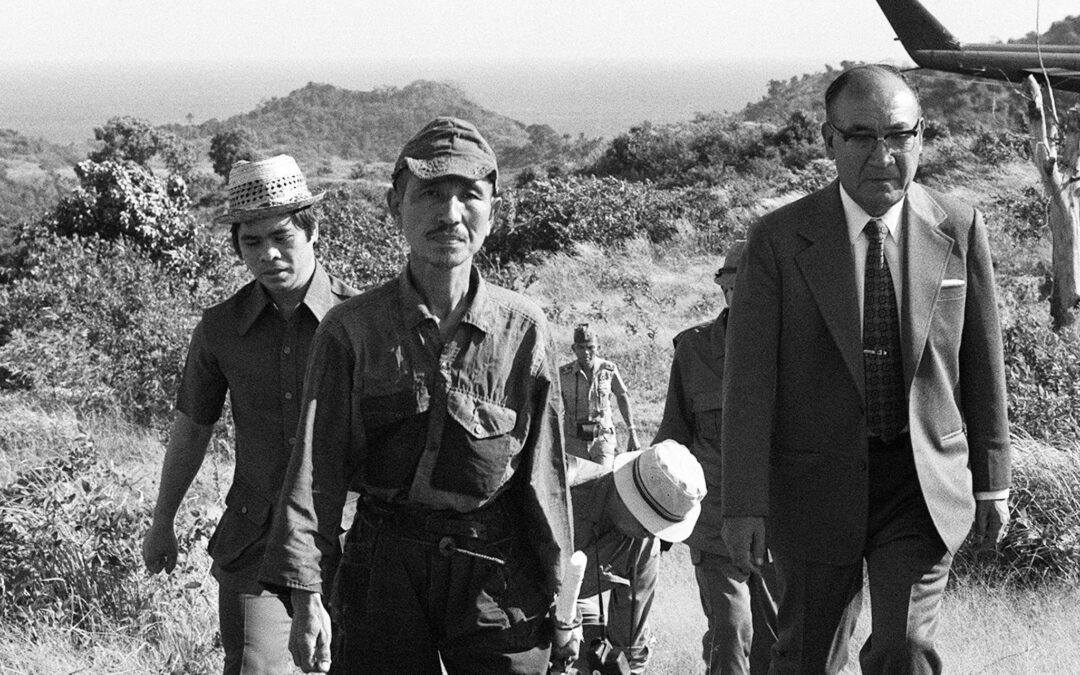Coast Guard Cutter Smilax, of the Cosmos-class ships, was commissioned in 1944 as the seventh of eight Inland Buoy Tenders. All but one of those cutters have been decommissioned. These ships perform Aid to Navigation (AtoN or ATON) work, inland construction, and Search and Rescue (SAR) if needed. Displacing 175 long tons, the Smilax is 100′ in length, with a crew of fourteen.
